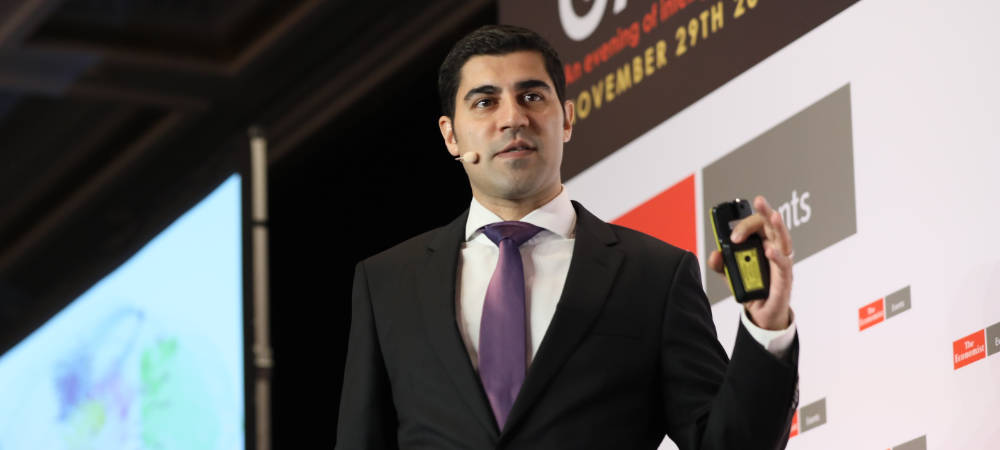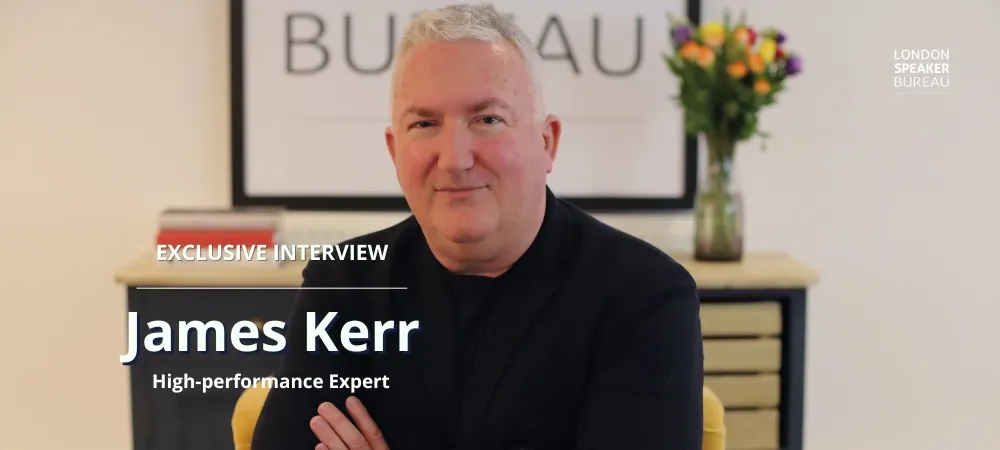Read on to hear Parag’s thoughts on Brexit, the Eurozone, the US economy, the Chinese economy, global trade and Asian markets.
Parag Khanna is a leading global strategist and best-selling author, whose next book is entitled “The Future is Asian”, to be published in February 2019. The book concerns Brexit, trade tensions, investment restrictions an overvalued markets.
He is author of a trilogy of books on the future of world order beginning with The Second World: Empires and Influence in the New Global Order (2008), followed by How to Run the World: Charting a Course to the Next Renaissance (2011), and concluding with Connectography: Mapping the Future of Global Civilization (2016).
Below, Parag gives us his thoughts on some of the global economy’s most pressing issues. Shedding light on them and providing relevant insights for those in the financial domain.
Brexit
As much as Brexit should be reversed, if implemented by March 2019, the UK will need a much more robust strategy around services trade agreements. As I demonstrated in Connectography, the value-added from services far exceeds that from goods and the UK is the second-largest services exporter in the world. On numerous occasions over the past decade I’ve advised the UK Foreign Office and more recently a number of senior officials on how to maximise the benefits from its new Prosperity Fund aimed at driving growth and economic partnership with emerging markets, especially in Asia. In The Future is Asian, I also document the inbound Asian investment into the UK from China and other Asian economies and what the UK must do to continue to be the leading European destination for Asian investors.
Eurozone
Even as the Eurozone struggles to find consensus on controversial issues such as migration, pragmatism has prevailed in the core question of Eurozone integrity. As I have been categorically stating for a decade, there will be no Grexit, nor will the new Italian government pursue the radical path of exiting the Eurozone for which it has no competence. The German and French governments continue to work with the ECB (whose next leader is to be chosen soon) to develop a mechanism for fiscal coordination and a fair mutualisation of Eurozone debt. I expect the political will to coalesce over the course of the coming year — and it will be equally essential for managing the deleveraging of major Eurozone area banks. Importantly, the Eurozone’s overall economic recovery is solid as evidenced by healthy growth, demand for business loans, and prioritising new trade agreements with Asian countries such as Japan and India. The Future is Asian contains a comprehensive chapter on how Asia can aid Europe’s economic future titled “Why Europe Loves Asia — but not yet Asians.”
US Economy
Presidents more often inherit economic trends than drive them. The Trump administration initially benefited from the confluence of a stronger labour market driving consumption growth, healthy corporate balance sheets boosting business investment, and tax cuts serving as a fiscal stimulus. As interest rates stabilise, however, the business cycle may struggle to maintain its momentum without further support from the credit cycle. This is because of weak aggregate demand owing to declining median incomes (the US is the only advanced economy whose median income declined since the financial crisis) and high inequality. Congressional gridlock over infrastructure and entitlement reforms — combined with the midterm elections and extreme political polarisation — set the course for the budget deficit to reach $1 trillion by 2020. The combination of rising interest rates and debt is eroding America’s sovereign credit, while a strong dollar and reciprocal trade tariffs are hurting US exports. We cannot expect equity markets to continue their strong run unless the private sector further expands investment in new infrastructure, industries, jobs and skills.
The Chinese Economy
China has managed to defy predictions of a hard landing and will likely continue to use its many policy levers to maintain robust economic performance. Corporate (primarily SOE) and municipal debt represent the lion’s share of its ballooning debt — the former is being addressed by restructuring via the SASAC and the latter by policy reforms and raising taxes. In both cases, the PBOC still has more than $3 trillion in reserves to absorb write-downs and fund recapitalisation. At the same time, China is responding to trade tariffs and investment restrictions by opening key sectors from industry to finance to greater foreign investment, which continues to attract Western corporates and investors — even at the risk of accelerating the “Made in China 2025” initiative and other efforts to move China up the value chain that I documented in depth in Connectography. Indeed, China continues its rapid shift towards a services focused economy with ever less export dependence. At the same time, weakening the yuan while increasing the range of partners with which trade is denominated in RMB cushions its economy and others weary of a strong dollar. In The Future is Asian I make the case that China should not be understood as entirely distinct from the fast-growing, young and entrepreneurial Asian neighbours to which it is increasingly directing its trade and investment priorities. This provides yet another reason to be relatively optimistic about China’s economic future with the 100th anniversary of the Communist Party around the corner in 2021.
Global Trade
There is no question that globalisation is in fact thriving, but it no longer requires Anglo-American leadership, as I argued in this widely circulated article for Politico. Instead, globalisation 2.0 will be led by Asia, with China opening many doors for the region’s economies to deepen their internal integration and Europe looking both to further open China while expanding its presence in Asia’s other fast-growing and more open economies. Together, Europe and Asia’s two-way trade across Eurasia far exceeds either’s trade with America — and the gap will accelerate on the back of Belt & Road infrastructure and free trade agreements. As I explain in The Future is Asian, the greater Indian Ocean region now accounts for most global trade growth and is the new epicentre of world trade. Western firms will have to redouble their efforts to compete directly in these high-growth markets if they want to maintain market share against the increasingly confident Chinese, Indian and other Asian companies.
Asian Markets
Asia no longer belongs in the inaccurate catch-all category of “emerging markets” with countries such as Argentina. Asian markets are weathering both the trade wars and strong dollar well owing to their strong reserves, flexible exchange rates and manageable US dollar debt exposure. Even as Asia’s corporates need to finance significant US dollar bonds, overall sovereign and corporate credit ratings remain solid and local currency bonds provide a very strong cushion. Furthermore, Asian equities are relatively undervalued and provide attractive opportunities for the many Western institutional investors looking to raise their Asian exposure to generate higher yields. The Future is Asian contains a plethora of new charts and graphics attesting to Asia’s strong demographics, growth rates, trade integration, economic reforms and other indicators that I will be actively presenting.
Financial institutions should be equally interested in my geopolitical analysis of themes ranging from the confrontation with Iran, the course of diplomacy with North Korea, and the consequences of China’s Belt & Road Initiative for Russia, Central Asia, Pakistan, India and ASEAN. These topics are covered in significant depth in The Future is Asian. See also my recent CNN column arguing that Asia is already building its own foundations for the next world order. And my featured essay from The National Interest titled “Avoiding World War III in Asia” about how Asian powers are managing geopolitical tensions and can move towards permanent settlement of their outstanding disputes.
Watch a recent keynote from Parag
Interested in booking Parag Khanna as a keynote speaker for your next event?





